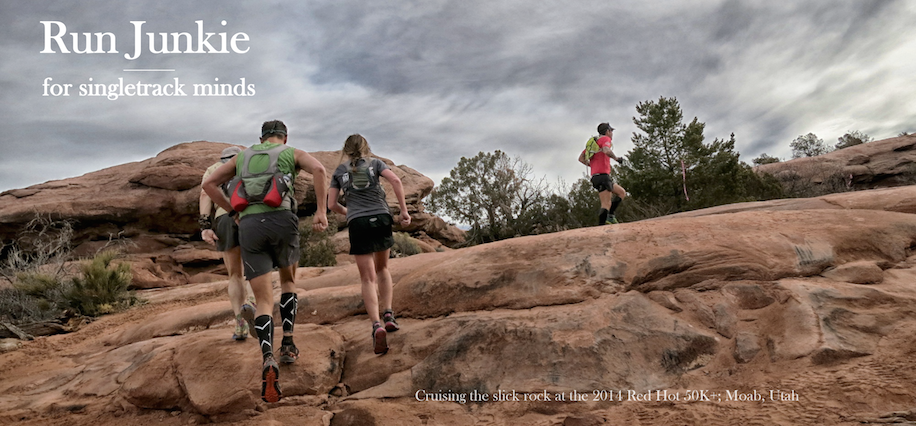It may not matter too much in the realm of ultra-running, where one pinnacle of the sport is a race like the Hardrock 100, but a recent paper in the journal Psychological Sciences had some pretty interesting insight into the manner in which people overestimate - and grossly so - the steepness of climbs or descents (study).
That people overestimate the percent grade of a climb is nothing new - not to scientists who study these things, nor to those of us who run with you. It's just second nature to enrich our lives with a dash of hyperbole. What the findings in this study did, though, was show that this overestimating was very consistent across a number of settings.
The researchers asked about 400 passersby in a shopping mall to estimate the steepness of a set of stairs from the top and bottom; and the steepness of an escalator, also from the top and bottom. This latter chosen to see if perceived effort to get up and down affects perception of steepness. Effectively: Does Chinscraper look a lot steeper when you're actually having to go up it and continue on another 90 miles than when you're just a spectator at the bottom?
What they found was that none of this made a difference. Whether people were looking up, looking down, looking at an escalator or looking at static stairs - the difference between actual and estimated steepness was about 18 - 19 degrees. A fairly large amount.
So the take home message seems to be that we're all hard wired to spin wild tales of our exploits on the trail, but when it comes down to it, those climbs really aren't as hard as they look.
More on this:
60-Second Science. People Overestimate Steepness. SciAm.com. 2011.Shaffer & Flint. Escalating slant: increasing physiological potential does not reduce slant overstimates. Physchol Sci. 2011. Feb 1;22(2); 209-11.


No comments:
Post a Comment